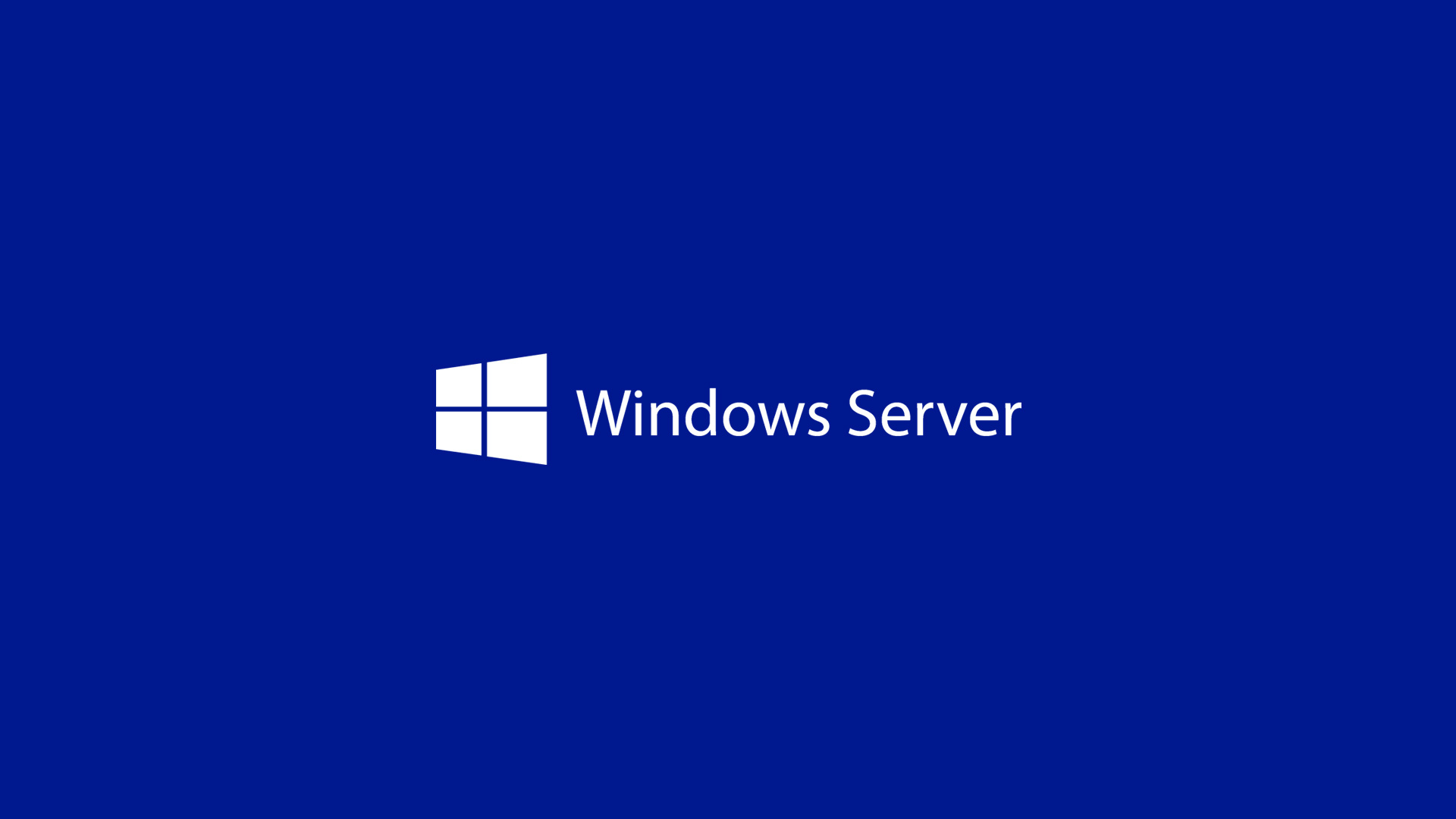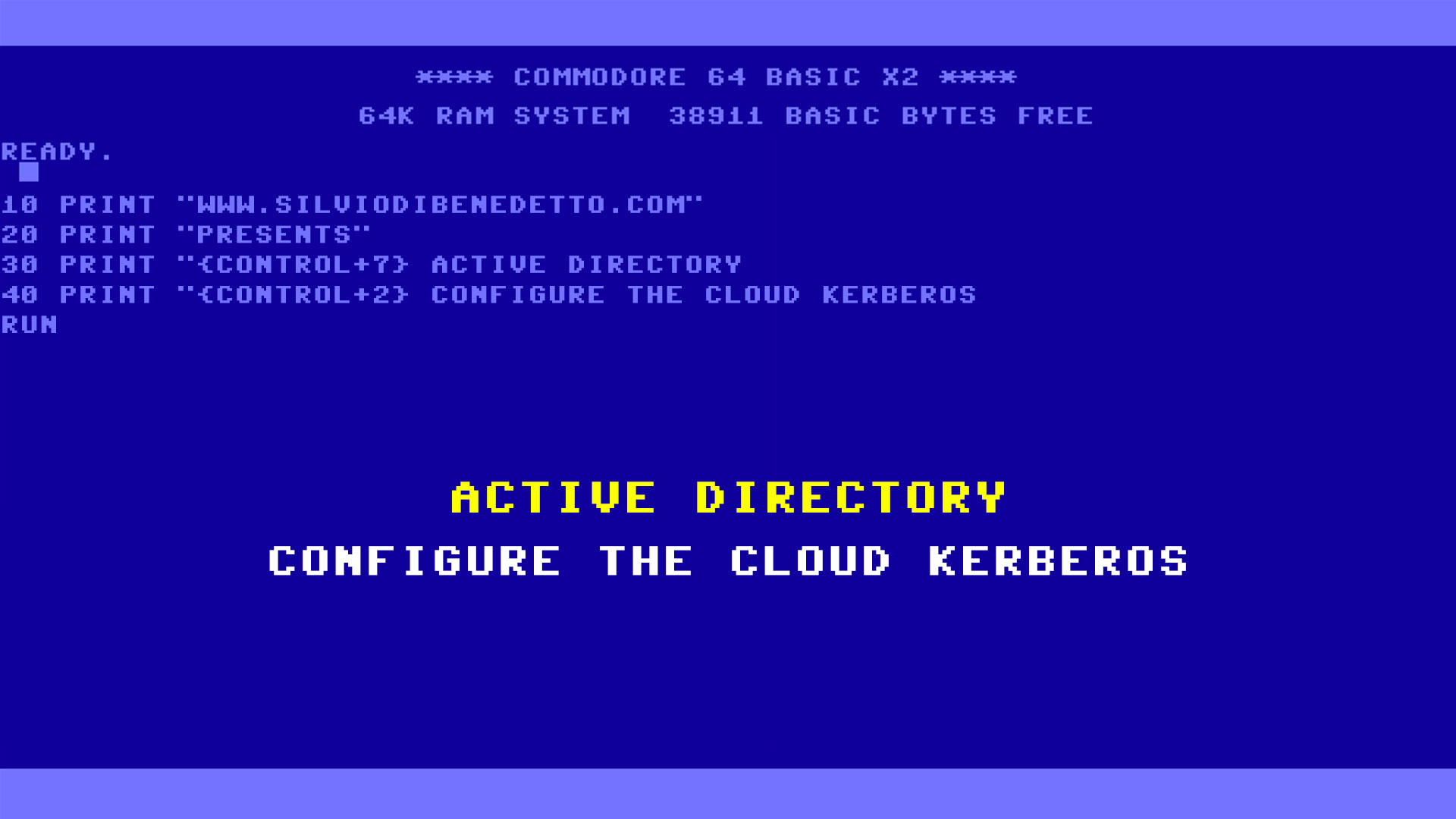One of the big limitation of Remote Desktop Services platform, is the impossibility to have a full HTML5 portal that can provide a good user experience and, in particular, that can works with the new browser generation. This limitation was until today, yes because the RDS product team has released the first version of new web client based on HTML. The new portal offers these features:
- Access to VDI and desktop apps via feed
- Single Sign-On
- Print to PDF file
- Audio out
- Full screen and dynamic resolution
- Copy/Paste function via Ctrl+C and Ctrl+V
- Keyboard and mouse input support
- Localization in 18 languages
The supported browser are: Edge, IE11+, Chrome, Firefox and Safari running on Windows, macOS, Chromebook and Linux.
Before start, is necessary check some requirements to avoid issues:
- The web client does not currently support using Azure Application Proxy and does not support Web Application Proxy at all
- Remote Desktop deployment has an RD Gateway, an RD Connection Broker, and RD Web Access running on Windows Server 2016 or 2019
- Make sure your deployment is configured for per-user client access licenses (CALs) instead of per-device, otherwise all licenses will be consumed
- Install the KB4025334 update on the RD Gateway. Later cumulative updates may already contains this KB
- Make sure public trusted certificates are configured for the RD Gateway and RD Web Access roles
Setup
To install the new portal, PowerShell is the only weapon that you can use because the classic Server Manager doesn’t support this deploy. The first step is import the new PS Modules through the command Install-Module -Name PowerShellGet -Force; at the end of the task, restart the PowerShell session and run these commands:
- Install-Module -Name RDWebClientManagement
- Install-RDWebClientPackage
The third step is install the public certificate in .cer format. This must be done also if you have already and RDS infrastructure. Run the command: Import-RDWebClientBrokerCert <.cer file path>.
The last command is to publish the portal: Publish-RDWebClientPackage -Type Production -Latest
Now you can try the result from your browser with the syntax https://server_FQDN/RDWeb/webclient/index.html. It’s important to use the server name that matches the RD Web Access public certificate in the URL.

Figura 1 – Console HTML5
Updates
The good point from RDS team was separate the web client from classic Windows Server lifecycle, this to avoid to be not updated and also to respond faster to the market request. Don’t forget that the RD Web Access on Windows Server 2016 is the same since 2008 R2. For this reason it will be possible update the client with the command Publish-RDWebClientPackage -Type Production -Latest.
It’s curious too see that there’s also a verb (Publish-RDWebClientPackage -Type Test -Latest) to install the web client in test mode: this can help the IT admins to avoid errors after upgrades, maybe because not all their clients are updated. The URL to use the test version is https://server_FQDN/RDWeb/webclient-test/index.html.
Conclusion
The new HTML5 portal is a great starting point that resolve one of the most bad limitation of RDS. The next version, RDmi, will be the next step to improve a model type that is the same since 2008.






